Here’s Exactly How to Remove Stubborn Eye Makeup Like a Pro



Cortney Clift

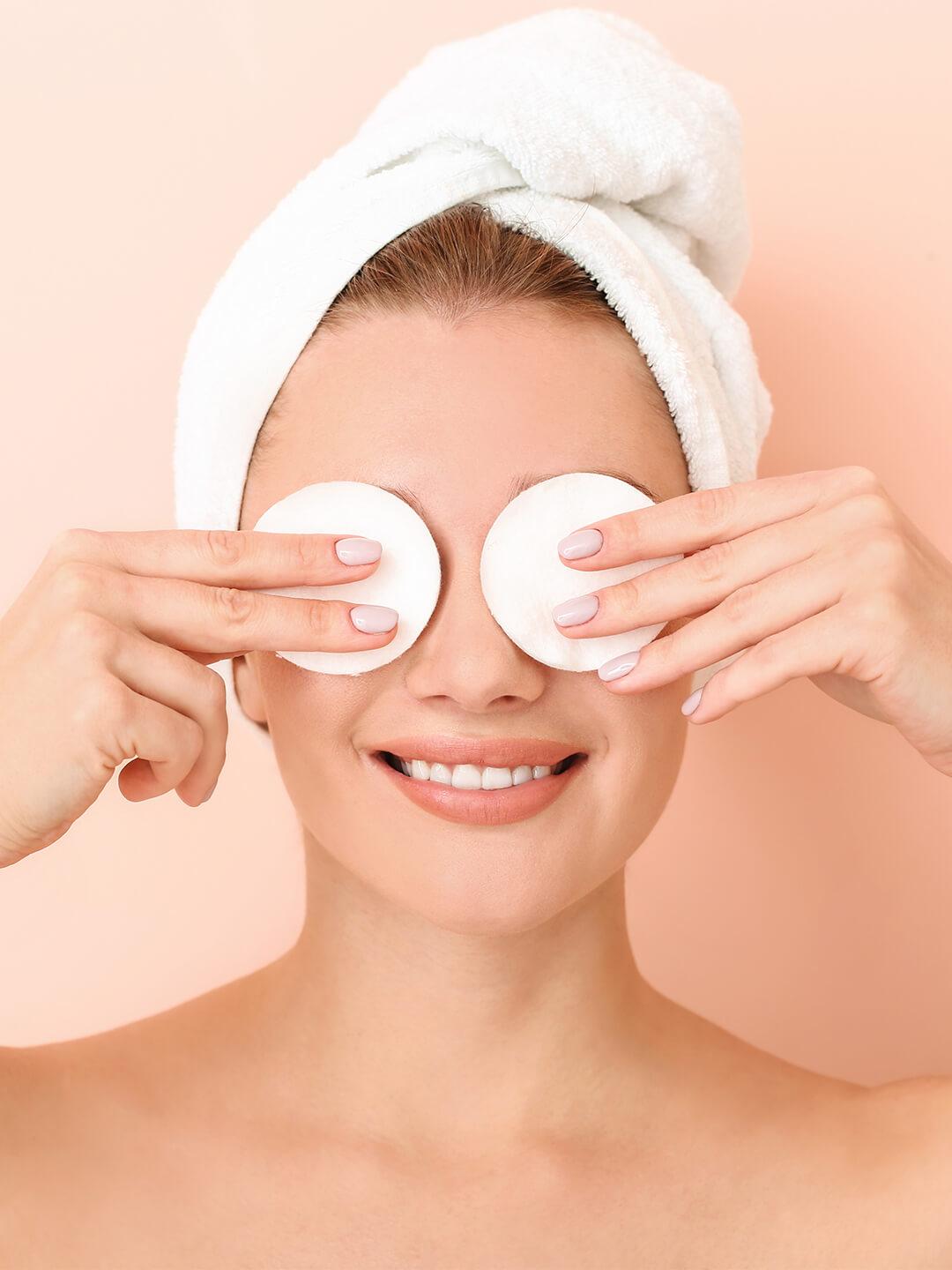
There's a lot to love about waterproof eye makeup. The fact that we can take a dip in the pool or shed happy tears while still maintaining high-sky lashes and perfect winged eyeliner is nothing short of a modern-day miracle. However, when you actually do want to take these eye makeup formulas off, it can prove to be quite a challenge. Whether you're working with waterproof eye makeup or normal-wear eye makeup, you'll want to make sure you're using the right makeup remover formulas and techniques—especially considering how delicate the eye area can be.
Continue reading below for everything you need to know about how to remove eye makeup like a pro.


It's about glam time you treated yourself.
MEET THE EXPERT
Diana Campos is an LA-based hair and makeup artist with over 15 years of experience in the entertainment industry. She currently works on commercials, music videos, print, film, red carpet, and television. Explore her work on her Instagram @dianacamposbeauty.
How to Remove Eye Makeup Correctly
Step 1: Find the right type of makeup remover for your eye makeup.
Before you reach for any old makeup remover, you'll want to make sure it is formulated to work well with the type of eye makeup you're wearing. Some types of makeup remover are best for light-to-normal makeup while others are better for dissolving longwear, waterproof, and even your craziest glittery makeup. Here's a quick guide.
Cleansing oils and cleansing balms: These multitasking oil-based skincare products cleanse the skin while also dissolving makeup. Almost all cleansing oils and balms will remove light to normal-wear makeup, and some can even remove waterproof makeup (although this isn't the case 100% of the time, so be sure to check the label). These can be used to cleanse and remove makeup not just around the eye area, but on the entire face.
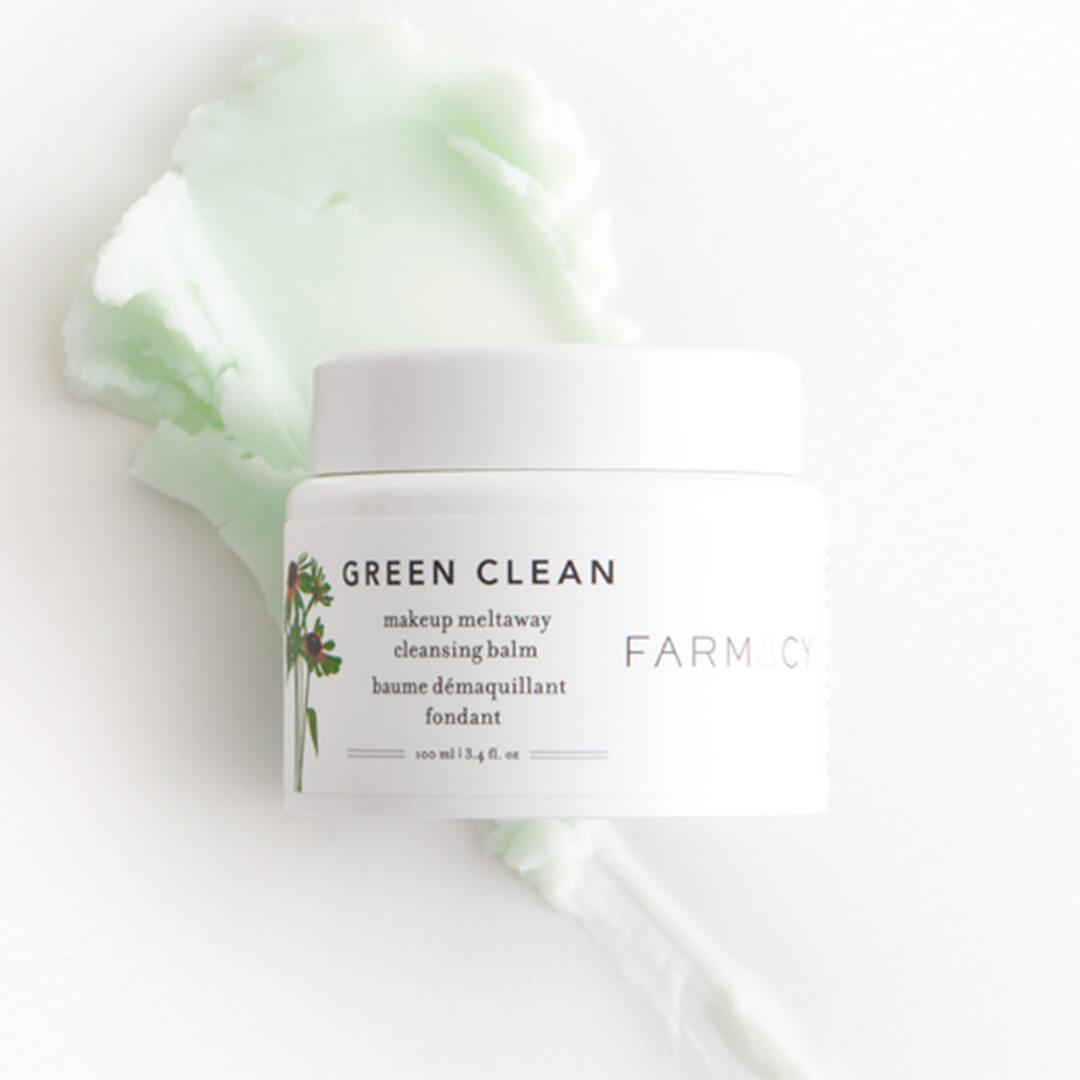
Our pick: FARMACY Green Clean Makeup Meltaway Cleansing Balm
Micellar Water: Micellar water is a super buzzy type of makeup remover that also has a cleansing component. It uses a combination of purified water, moisturizing ingredients (like glycerin or aloe), and micelles (tiny balls of oil molecules) to remove makeup—even the waterproof kind—and unwanted grime from your skin. It can be used as a no-rinse cleanser, however, if you have acne-prone skin, the oils left behind may clog pores and cause breakouts. If you want to be safe, try incorporating micellar water as the first step in a two-step cleansing routine rather than using it on its own.

Our pick: DERMA E Vitamin C Micellar Cleansing Water
Dual-Phase Makeup Removers: These formulas are part oil and part water. They offer the best of both worlds in that they're strong enough to remove waterproof and long-wear makeup, but they're not quite as greasy as cleansing oils.
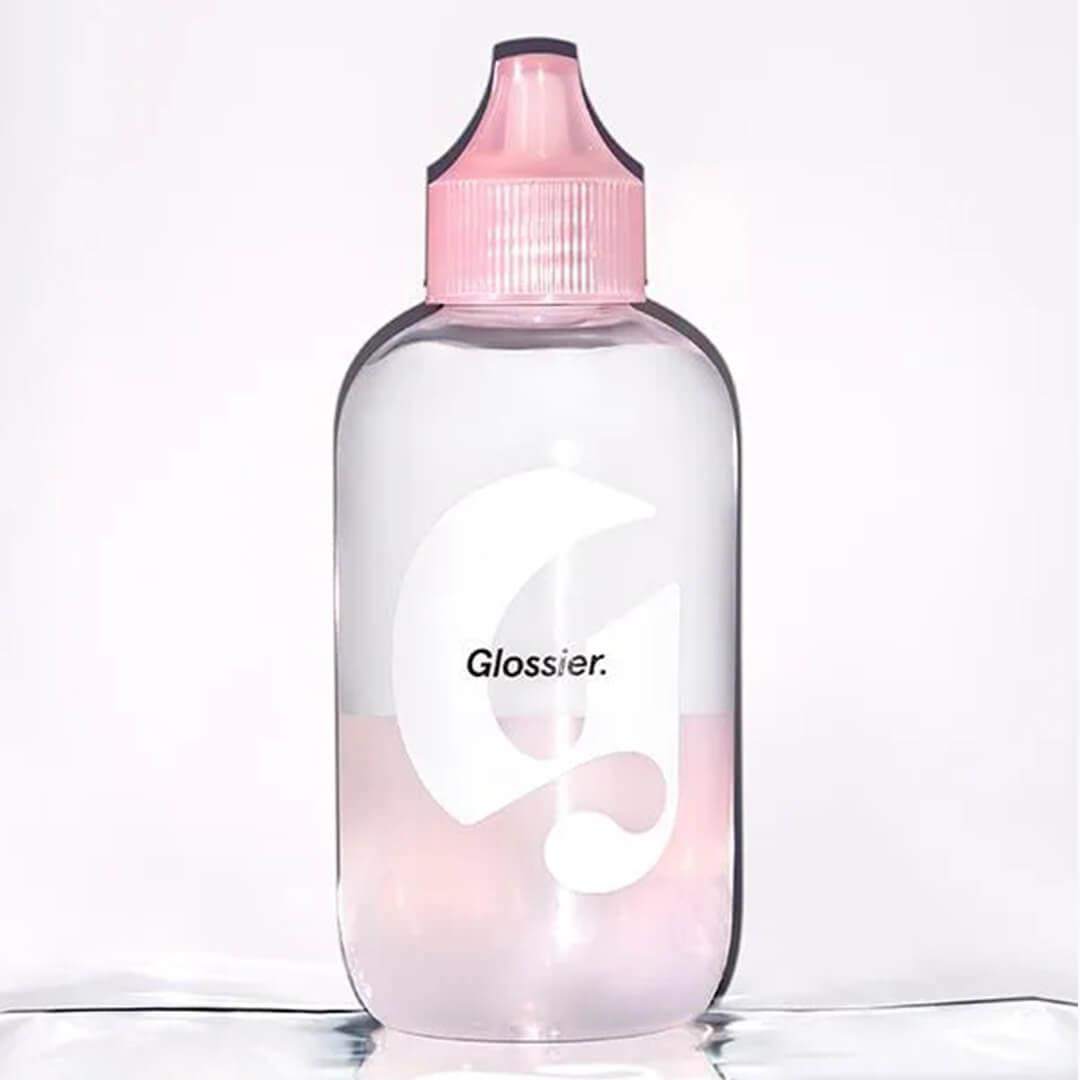
Courtesy of GLOSSIER
Our pick: Makeup artist Diana Campos says GLOSSIER Milky Oil is the dual-phase formula she uses time and time again to remove stubborn, waterproof eye makeup without irritation.
Makeup Removal Wipes: There's no denying the convenience of makeup wipes. However, it's important to note that most wipes are designed to be used to remove face makeup, so be careful when using them on the delicate skin around the eye area. They also may not be strong enough to remove waterproof makeup. If you do use wipes on the eyes, look for alcohol-free and fragrance-free formulas that are specifically designed for sensitive skin.
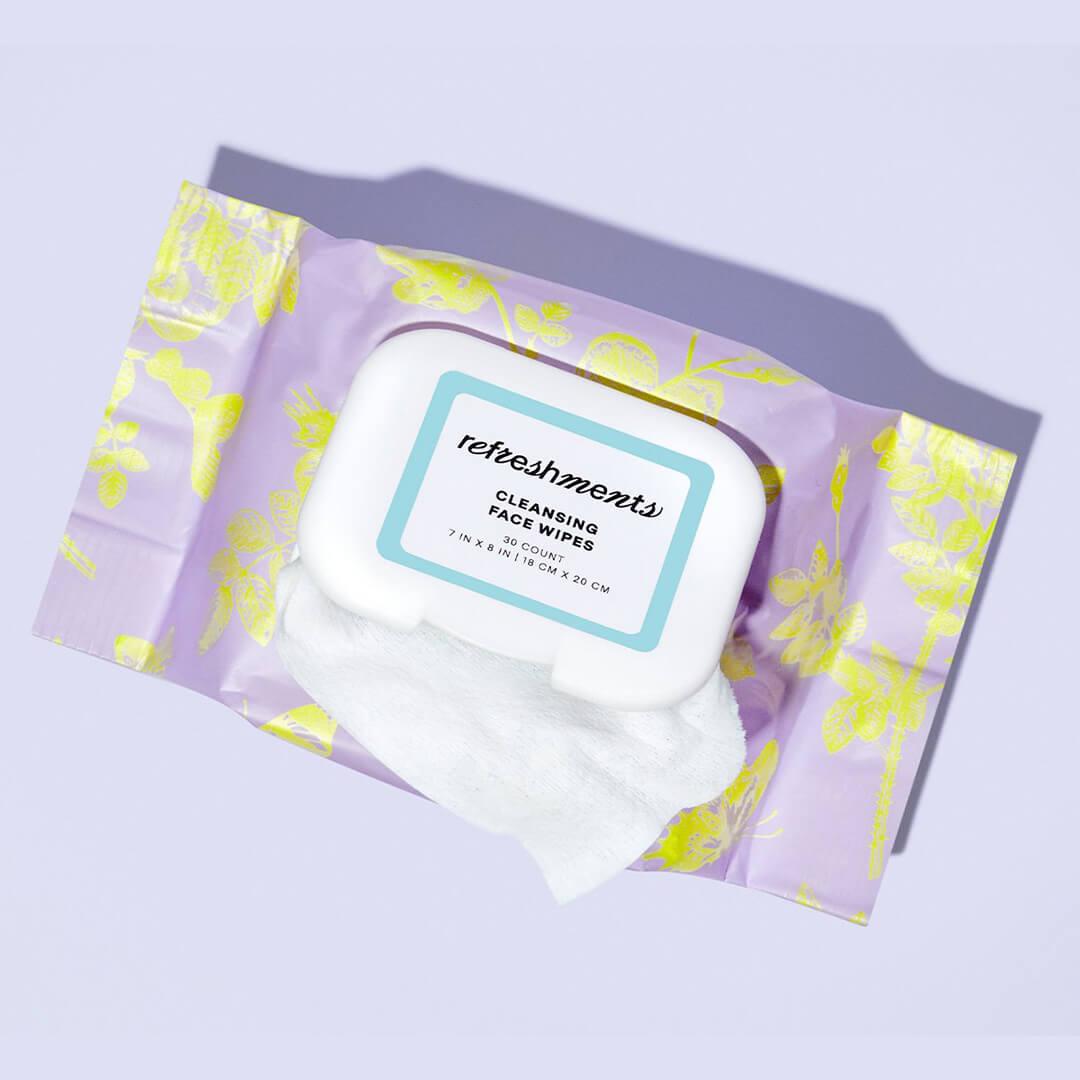
Courtesy of REFRESHMENTS
Our pick: REFRESHMENTS Cleansing Face Wipes
Gel Makeup Remover: Cooling gels are a great option if you want to remove waterproof makeup but you don’t want to use an oil-based formula. They’re often made with a base of aloe or glycerin. The lightweight formulas can be a great solution for sensitive eyes or acne-prone skin.
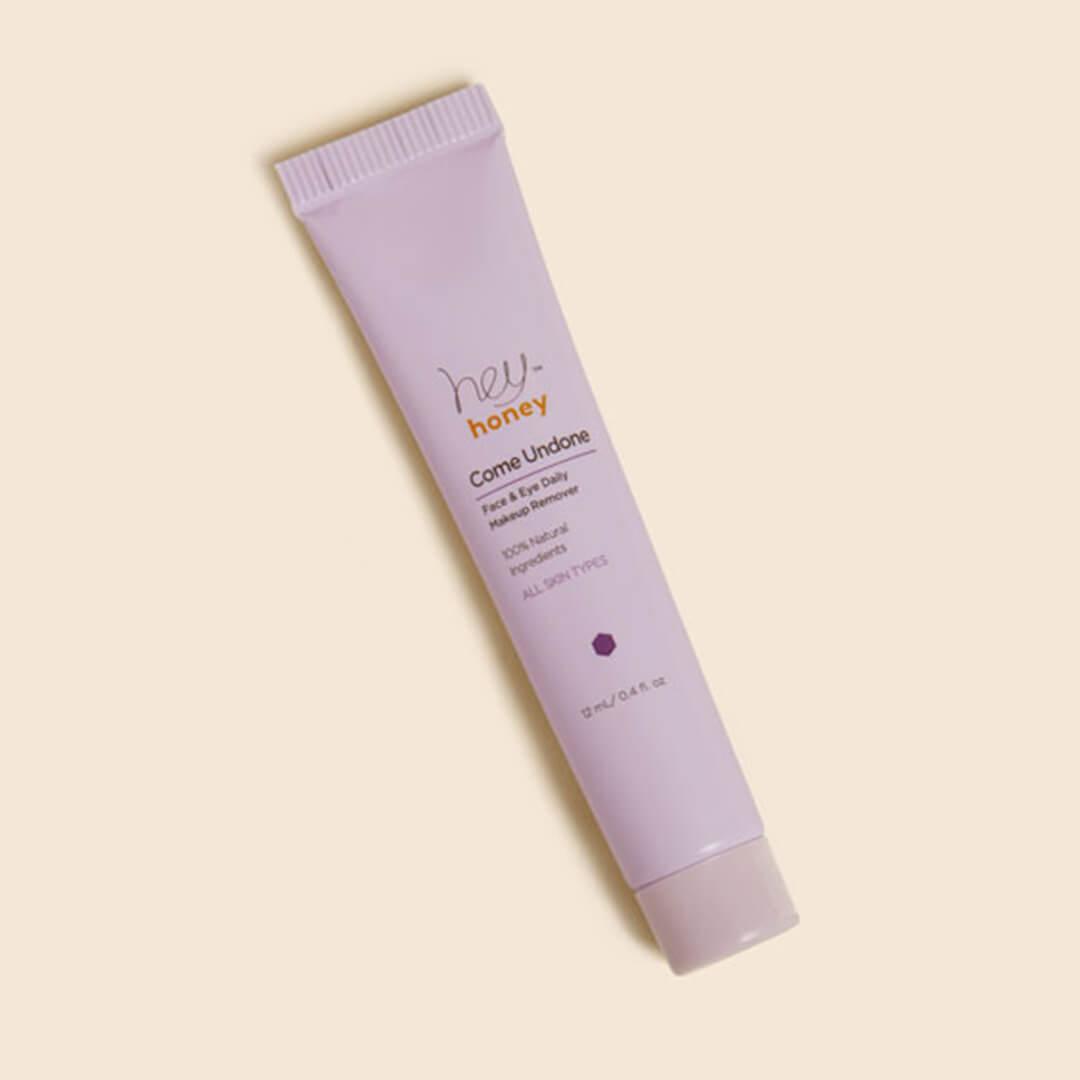
Our pick: HEY HONEY Come Undone Face & Eye Daily Makeup Remover
Step 2: Wash your hands.
As most of us know, touching the eyes with dirty hands can easily transfer bacteria and viral particles. Give your hands a thorough 20-second wash before you begin the makeup removal process.
Step 3: "Soak" stubborn eye makeup with makeup remover.
When removing long-wear eye makeup like waterproof formulas, make sure you do so gently so that you don't damage the lashes or irritate the eyes. The easiest way to do this is to "soak" the eye area with makeup remover rather than aggressively wiping it with a cotton pad. This will allow the pigment to dissolve with the least amount of friction. "I add a few drops [of makeup remover] to a makeup wipe and lightly press it onto the eye area for about 15 to 20 seconds to let it dissolve the makeup," says Campos. "That way you don’t have to rub the eyes too much. We have very thin, sensitive skin under and around the eye area. It's good to keep this in mind and be gentle when removing eye makeup."
Step 4: Dab away at normal-wear eye makeup.
If the makeup you're removing isn't long-wear and can easily be removed, sometimes a thorough soak isn't necessary. However, you'll still want to be sure you don't wipe as this can irritate the skin and damage the lashes. Instead, gently dab the area with a cotton pad soaked with the makeup remover of your choice to lift the makeup from the skin.
Step 5: Cleanse the skin.
Unless you're using a cleansing balm or cleansing oil, makeup remover should always be step one in a double cleansing routine. Many makeup removers can leave behind a residue that may clog pores if not rinsed off.
Campos' favorite two-step makeup removal routine is using the PURLISSE Watermelon Makeup Remover Wipes to remove all traces of makeup (these can even remove waterproof mascara) then following up with the PURLISSE Blue Lotus 4-1 Cleansing Milk. This cleanser also comes with a makeup removal component so you can rest easy knowing that every last trace of makeup has been removed.
Eye Makeup Removal Tips + Tricks
1. Make sure to keep it clean.
If you're using a makeup remover that is meant to be applied to a cotton round, it can be tempting to use one side one day and flip it around to use another side the next. However, bacteria and germs can easily get from one side of the cotton pad to the other. It's best to always start with a totally new, clean pad. If you're opting to use reusable makeup remover pads or a washcloth instead of disposable cotton pads, be sure to thoroughly wash each pad or cloth with soap and water before using it on the eye area again. A quick rinse isn't the sink isn't enough.
2. Always keep your skin type in consideration.
Depending on your skin type and what type of eye makeup you typically wear, you may want to consider using one type of makeup remover for your eyes and another type for your face. "I notice clients often choose to use the wrong makeup remover for their skin type," says Campos. "Some clients remove too much of the natural skin oils and end up with dry skin while others don’t clean deep enough, resulting in breakouts."
For example, oil-based makeup removers are great for dissolving stubborn eye makeup, but if you have oily skin, they may leave your skin overly greasy if used all over. As a solution, you could use an oil-based remover only around the eye area, and use an oil-free gel-based makeup remover to remove makeup on all other areas of the face. It's all about finding the right combination that works for your complexion and the type of eye makeup you like.
Want in on all the IPSY Glam Bag fun? Take our Beauty Quiz now to get started. Already an Ipster? Refer your friends to earn points, which you can use toward products. Either way, don’t forget to check us out on Instagram and Twitter @IPSY.
Like this article? Share it with your friends by clicking the icons below!
Liked this post? Share!
Related Stories
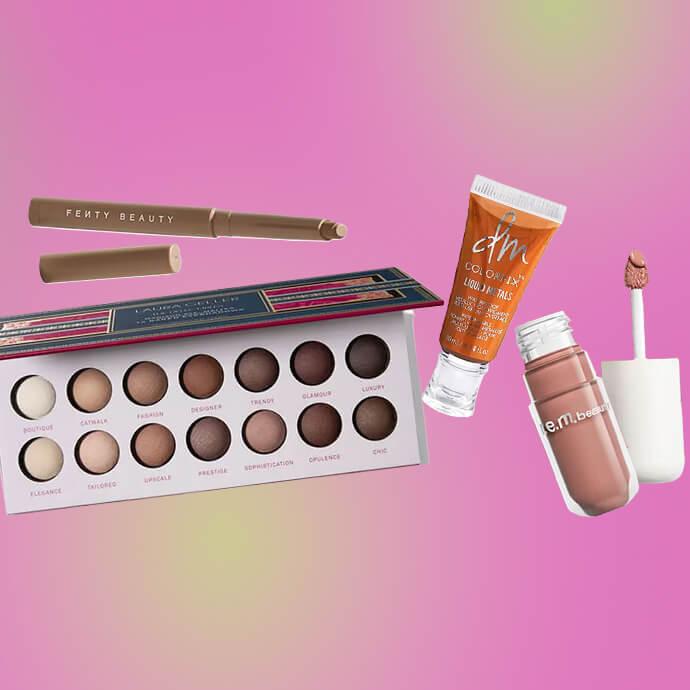
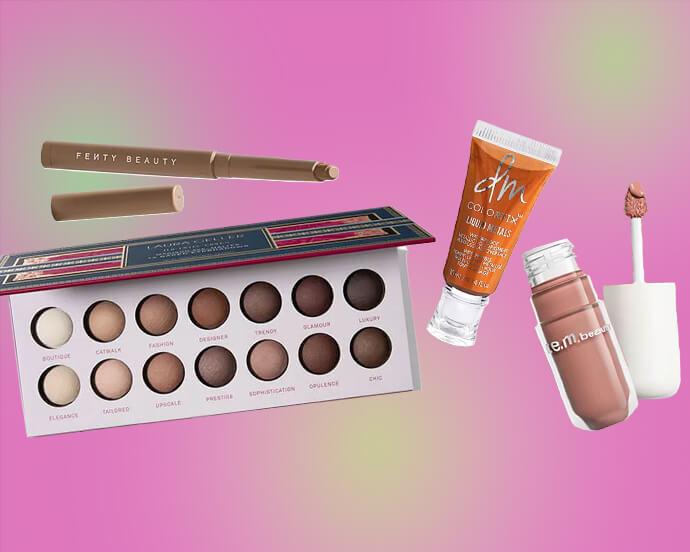
Makeup
How to Expertly Apply Eyeshadow on Mature Skin
Published on Dec 10, 2025 • 6 min read

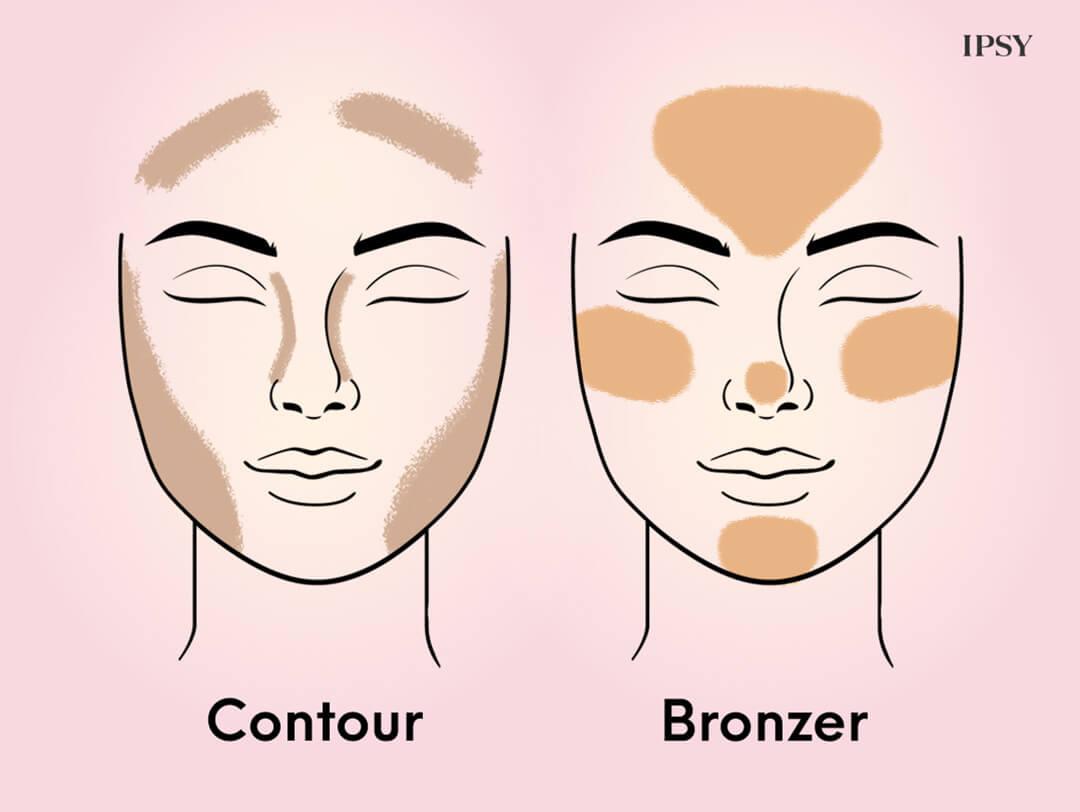
Makeup
How to Use Bronzer and Contour to Sculpt Your Face Like a Pro
Published on Dec 5, 2025 • 9 min read


Makeup
Makeup for Older Women That Works With Your Skin, Not Against It
Published on Dec 1, 2025 • 12 min read


Makeup
2026’s Biggest Makeup Trends Are a Maximalist Dream
Published on Dec 1, 2025 • 8 min read


Makeup
2025’s Biggest Makeup Trends: Go Big or Go Home
Published on Dec 13, 2024 • 7 min read


Makeup
16 New Year’s Eve Makeup Ideas to Fashionably Ring in 2026
Published on Nov 25, 2025 • 10 min read


Makeup
Your 2026 Beauty Horoscope Is Here—and the Stars Are Serving Looks
Published on Nov 25, 2025 • 9 min read


Makeup
Holiday Party Makeup Ideas for When You Want to Go Full Festive
Published on Nov 24, 2025 • 9 min read


Beauty Picked Just for You
Get 5 products worth up to $70
Plus exclusive access to epic deals up to 80% off
Starting at just $14/month. Cancel anytime.